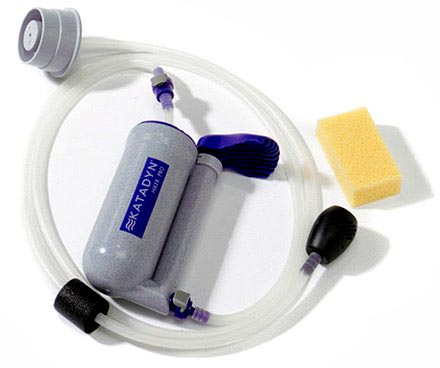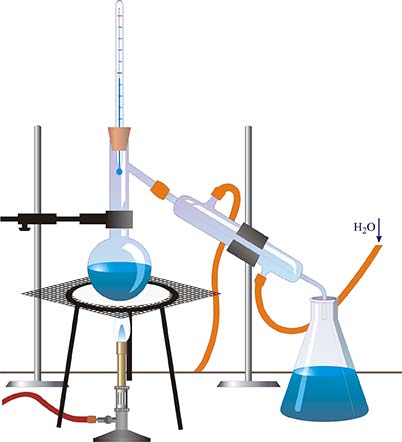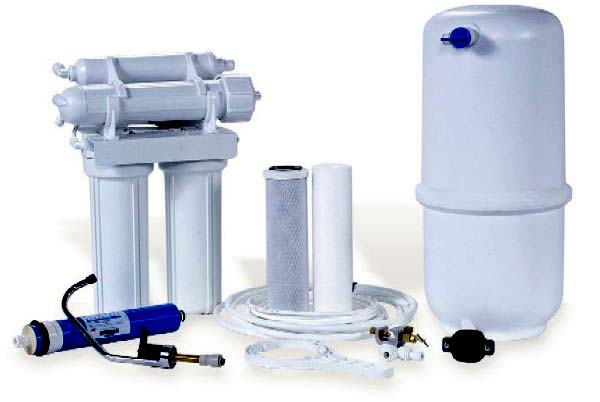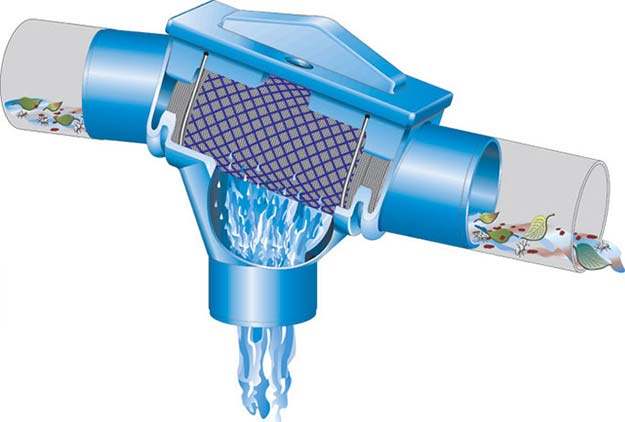Amazingly every wave produces different textures from the last – from powerful blasts rushing over calmer water to gentle waves splashing together.
Photographer Bryce Groark, 37, is no stranger to the fascinating waves having lived on the island for 13 years and becoming inspired by other photographers snapping the water. But ironically after trying it for himself, he was drawn to those images where he missed the crest of the wave and instead preferred the ones where the wave had already crashed. Read more






